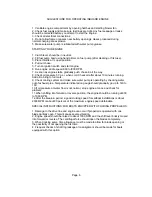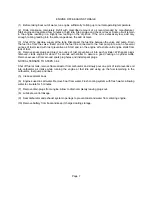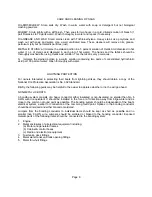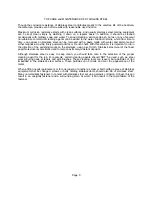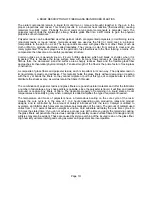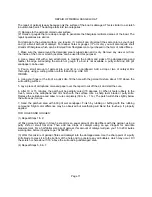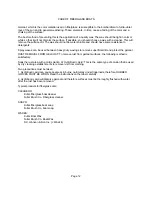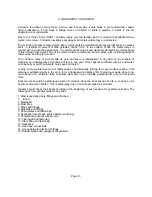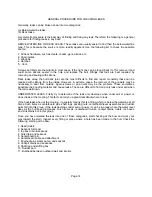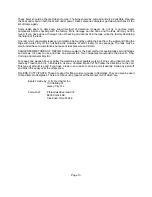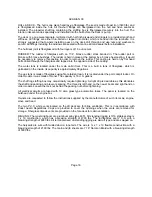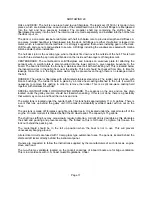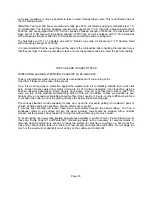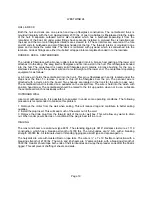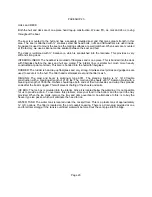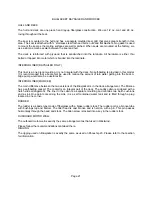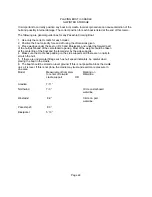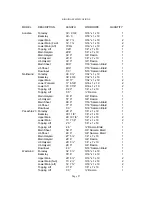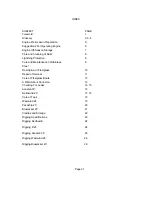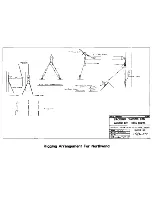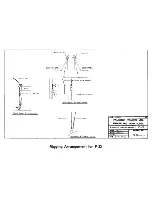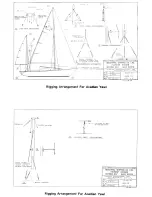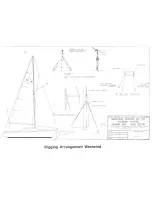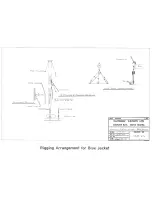
PACESHIP 23
HULL and DECK
Both the hull and deck are of one piece hand lay-up construction. We use
11/,
oz. mat and 24 oz. roving
throughout the boat.
The keel is mounted to the hull and has a separate moulded keel grid that gives great strength in this
area. The keel is attached with ¾” stainless steel flat head bolts, nuts and flat washers are used inside.
No gasket is used to mount the keel as the mating surfaces are well matched. When keels are mounted
at the factory, we use a silicone marine sealant between the keel and hull.
The deck is reinforced with ¾” balsa core, which is sandwiched into the laminate. This provides a very
stiff and strong deck.
INTERIOR LINERS: The headliner is moulded of fiberglass and is one piece. This is bonded into the deck
with fiberglass before the deck and hull are mated. The interior liner is similar but much more heavily
constructed at points of strain. This also is bonded into the hull with fiberglass.
RUDDER: The rudder is hand lay-up fiberglass and very strong. Stainless steel pintles and gudgeons are
used to secure it to the hull. The tiller head is stainless steel and the tiller Is ash.
RIGGING: The mast and boom is aluminum type 6351. The standing rigging is ‘/s” 7x19 flexible
construction with a breaking strength of 2100 lbs. The main and jib sheets are ¾” Samson braid with a
breaking strength of 3500 lbs. Owners should tape both ends of their turnbuckles and wrap the spreader
ends after the boat is rigged. This will prevent chafing of the sheets and sails.
ICE BOX: The Ice box is moulded into the interior. Since it is located below the waterline, it is not possible
for us to provide a drain. To overcome this problem, store your food in the bottom and the ice in the tray
provided. When the ice melts, remove the tray and dump overboard. An alternative to this, is to buy the
freezer type ice packs, which will eliminate the need for ice.
WATER TANK: The water tank is located under the cockpit floor. This is a plastic tank of approximately
12 U.S. gallons. The filler is located on the port cockpit coaming. There is a drain plug provided at one
end for winter storage. If the tank is overfilled, water will be forced out the vent pipe into the bilge.
Page 20

